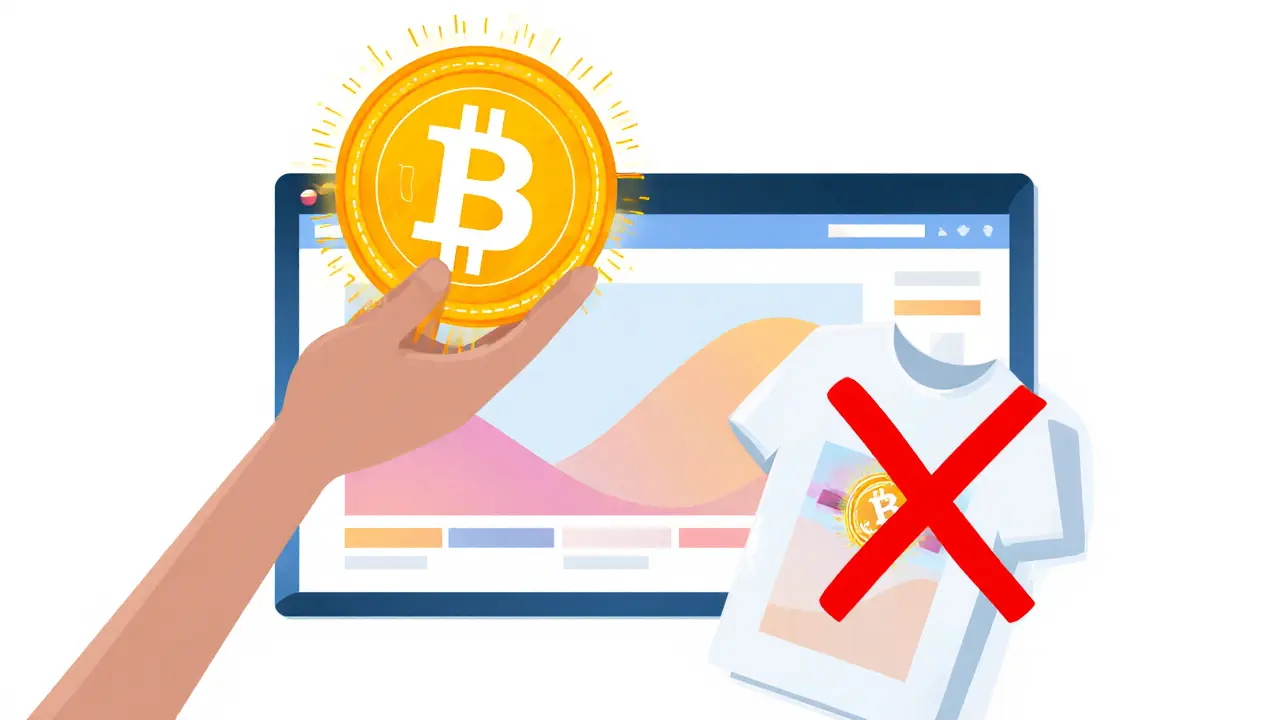NFT Copyright: Who Owns Digital Art and Why It Matters
When you buy an NFT copyright, the legal rights tied to a digital asset that blockchain technology attempts to define and enforce. Also known as digital ownership rights, it's not the same as owning the file you see online—just like buying a poster doesn’t make you the artist. Most people think buying an NFT means they own the art. It doesn’t. It means you own a token on a blockchain that points to that art. The real question isn’t who has the file—it’s who has the right to reproduce, sell, or license it. That’s where digital rights management, a system that uses blockchain to track usage, enforce permissions, and automate payments to creators comes in. Without it, NFTs are just fancy JPEGs with no legal backbone.
Creators are starting to use smart contract royalties, automatic payments built into NFTs that give artists a cut every time their work is resold to make sure they keep earning. That’s a big deal. Before blockchain, artists lost money the second their work was sold. Now, with the right smart contracts, they can get 5%, 10%, even 20% every time their NFT changes hands. But here’s the catch: these royalties aren’t legally binding everywhere. In the U.S., courts haven’t fully recognized them. In the EU, they’re starting to. And in places like Singapore and Thailand, regulators are watching closely. If you’re a creator, you need to know what your NFT’s smart contract actually says. If you’re a buyer, you need to know you can’t legally print and sell that Bored Ape on a t-shirt—even if you own the NFT. The blockchain copyright, the use of immutable ledgers to prove creation date, ownership history, and licensing terms for digital content gives you proof—but not always power.
Some NFT projects get this right. Others? They slap a copyright notice on their website and call it done. That’s not enough. Real protection means clear terms, enforceable contracts, and transparency. That’s why you’ll find posts here about scams pretending to offer NFT rights, platforms that actually enforce royalties, and how creators are using blockchain to cut out middlemen. You’ll also see what happens when someone copies an NFT artwork and sells it as their own—and how the law is (or isn’t) catching up. This isn’t theory. It’s happening right now. And if you’re involved in NFTs—whether you make them, buy them, or just follow them—you need to know what you’re really owning.

